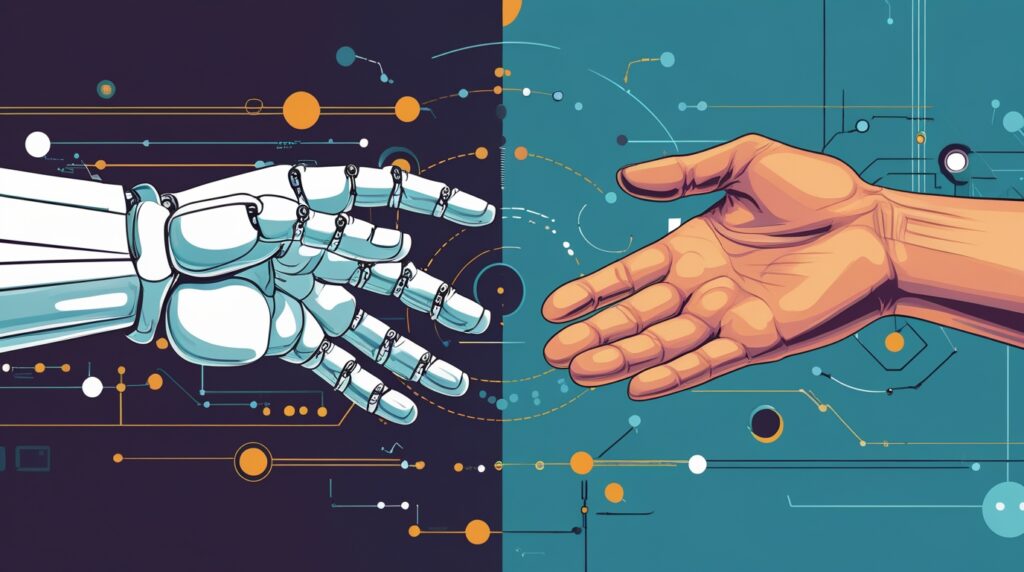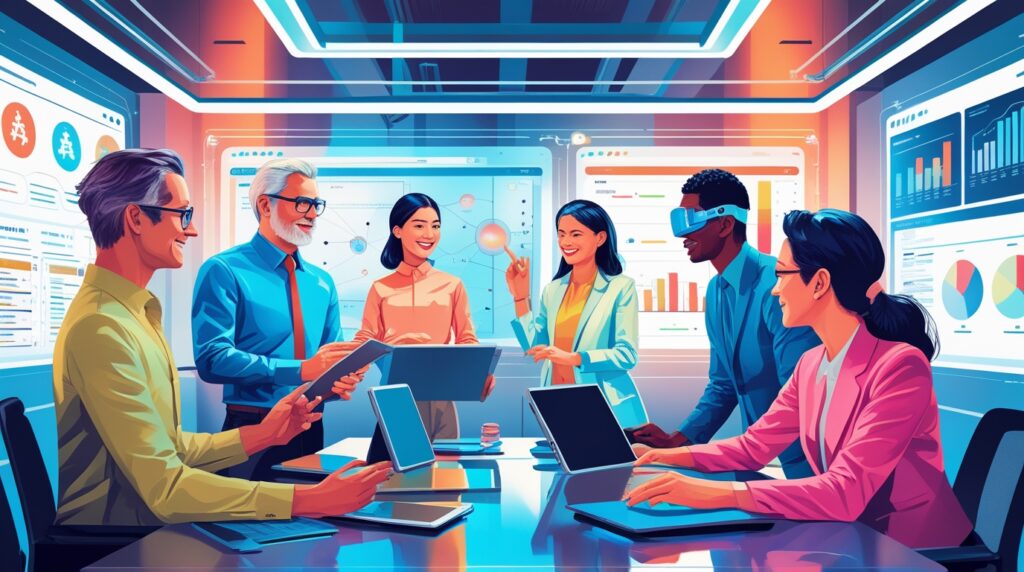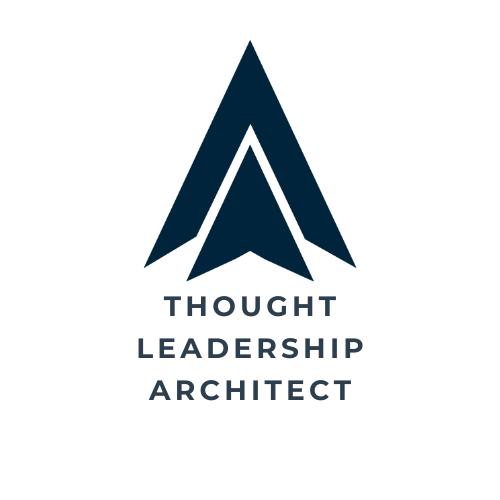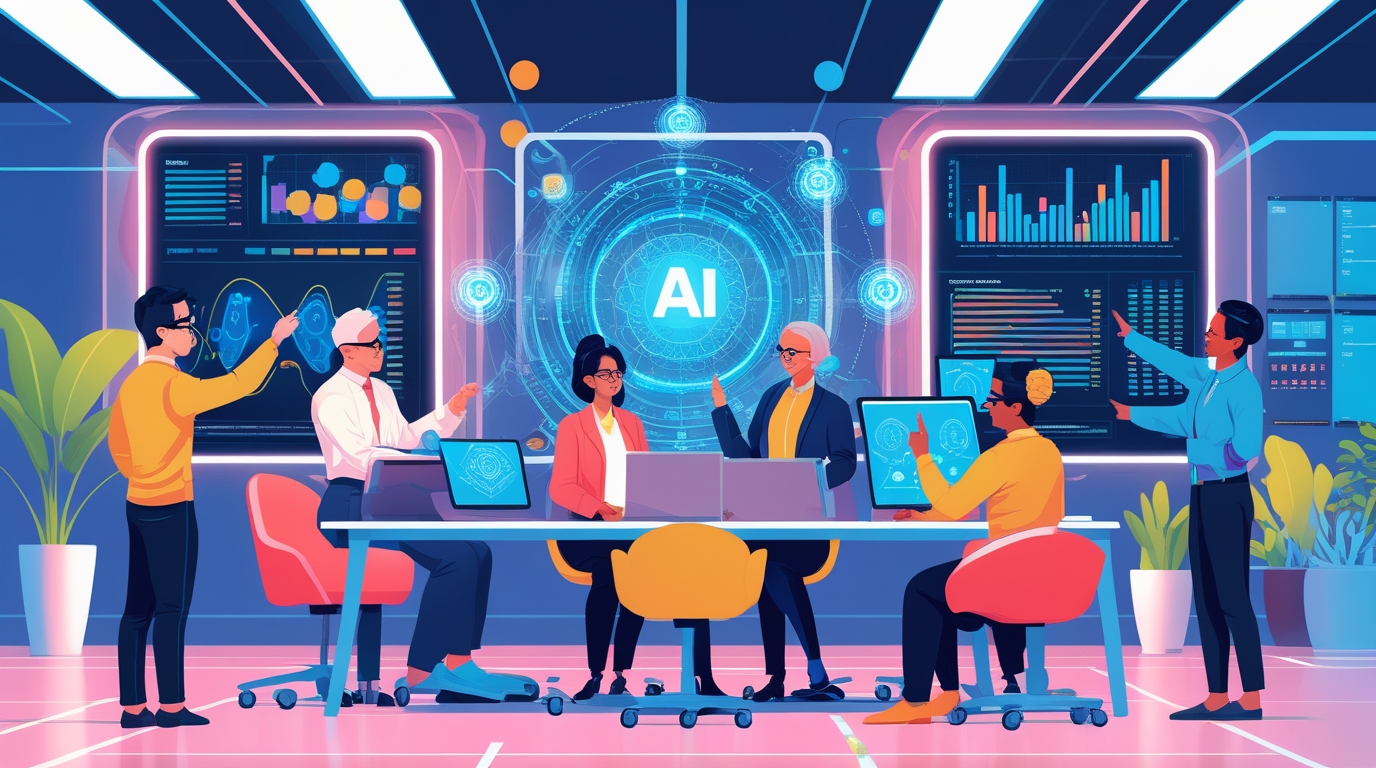Your cart is currently empty!
The AI Disruption Isn’t Coming — It’s Here
From chatbots and digital twins to predictive analytics and intelligent automation, artificial intelligence has already reshaped the way businesses operate. The World Economic Forum estimates that 85 million jobs may be displaced by automation by 2025, but also that 97 million new roles will emerge, adapted to the division of labor between humans, machines, and algorithms[[1]].
For thought leaders and decision-makers, the question is no longer whether AI will impact your business, but whether your workforce is equipped to grow with it.
This article explores why upskilling is no longer optional, which skills are most critical, and how to build a future-proof workforce that can not only coexist with AI, but collaborate with it.

1. Why Upskilling Is Now a Strategic Imperative
In today’s fast-moving economy, talent development has become a competitive differentiator. According to McKinsey:
“Companies that successfully reskill and redeploy talent are 2.5 times more likely to succeed in digital transformation.”[[2]]
AI transformation is not just about replacing tasks; it’s about augmenting human intelligence. The organizations that thrive will be those that invest in:
- Agile learning systems
- Cross-disciplinary thinking
- A culture of continuous improvement
Takeaway: Treat workforce upskilling like infrastructure. It’s as essential as servers and software.
2. What Skills Matter Most in an AI-Augmented Workplace
While coding and data science are important, the most future-proof skills combine human creativity with digital fluency. Key areas include:
a. AI Literacy
Understanding how AI systems function, what they can (and can’t) do, and how to interact with them effectively.
b. Data Interpretation
Data is the new oil, but it’s useless without context. Training employees to read dashboards, spot anomalies, and question assumptions is critical.
c. Critical Thinking & Ethics
As AI makes decisions, humans must interpret them, audit them, and sometimes override them. Ethical discernment is a premium skill.
d. Communication & Storytelling
Translating complex insights into actionable business stories will be a key differentiator.
e. Collaboration with Machines
“Prompt engineering” and co-creation with AI models (like GPT-4 or Claude) will be a baseline skill in many white-collar roles.
“The new workforce must be as comfortable working with AI as they are with spreadsheets.” — Satya Nadella, CEO of Microsoft[[3]]
Takeaway: The most valuable employees will be those who understand both people and platforms.

3. How to Build a Culture of Continuous Upskilling
Upskilling isn’t about one-off workshops. It’s a mindset that must be embedded into your culture. Here’s how thought leaders and HR strategists are making it happen:
a. Make Learning Personal and On-Demand
Offer microlearning modules, AI-suggested content, and mobile-friendly access. People need to learn in the flow of work.
b. Celebrate Learning, Not Just Performance
Reward curiosity, not just output. Promote team members who model growth, not just expertise.
c. Tie Skills to Business Outcomes
Use data to show how upskilling efforts improve productivity, engagement, and innovation. This creates executive buy-in.
d. Leverage Internal Thought Leaders
Turn subject matter experts into mentors, coaches, or content creators within your learning platform.
“Workplace learning is most effective when it feels embedded, not imposed.” — Josh Bersin, HR Analyst[[4]]
Takeaway: Upskilling succeeds when it’s democratized, data-informed, and deeply woven into daily workflows.
4. Upskilling in Action: Success Stories
Accenture launched its “AI Academy” to reskill more than 300,000 employees, embedding AI fluency across business units.
IBM developed the SkillsBuild platform, partnering with nonprofits to train underserved communities in data science and cloud computing.
Unilever offers a “Flex Experience” platform that lets employees take on cross-functional gigs to build skills while contributing to real business challenges.
These organizations treat skills like currency: the more fluid, adaptable, and investable they are, the stronger the business.
Takeaway: You don’t need a $1B budget to start. You need leadership commitment and smart delivery tools.
5. The Role of Executive Thought Leadership in Upskilling
Senior leaders are the cultural thermostats of transformation. When executives speak publicly about:
- What they’re learning about AI
- Where they’ve failed and grown
- How they envision the workforce evolving
…they create psychological safety for others to explore, experiment, and learn.
“People don’t fear AI. They fear being irrelevant.” — Andrew Ng, AI researcher[[5]]
Takeaway: The most powerful upskilling strategy is modeled behavior. Leaders who learn in public help others feel safe to follow.
Conclusion: Future-Proofing Is a Human-Centric Strategy
Equipping your workforce for the AI age isn’t just about technical skills. It’s about:
- Curiosity over certainty
- Empathy over automation
- Learning over legacy
AI may be fast, but humans are flexible. And that flexibility—paired with insight and collaboration—is the ultimate strategic asset.
The future belongs to those who learn fastest, adapt earliest, and lead others to do the same.
Copyright 2025 Brigetta Margarietta and Thought Leadership Architect TM
Footnotes:
- World Economic Forum, The Future of Jobs Report, 2020.
- McKinsey & Company, How to Reskill Your Workforce at Scale, 2021.
- Nadella, Satya. Microsoft Build Conference, 2023.
- Bersin, Josh. “The Big Reset: Making Learning Embedded.”
- Ng, Andrew. Coursera AI for Everyone Course, 2021.
Bibliography:
- World Economic Forum. The Future of Jobs Report. 2020.
- McKinsey & Company. How to Reskill Your Workforce at Scale. 2021.
- Bersin, Josh. The Big Reset. Josh Bersin Academy, 2022.
- Ng, Andrew. AI for Everyone. Coursera.
- Accenture. “AI Academy Case Study.” 2023.
- IBM. SkillsBuild Platform Overview. 2024.
- Unilever. “Flex Experience Platform Results.” Internal Report, 2023.
#FutureOfWork #Upskilling #AIWorkforce #DigitalTransformation #AITraining #WorkforceDevelopment #ThoughtLeadership #LeadershipStrategy #AIReadiness #HumanAndMachine



Leave a Reply